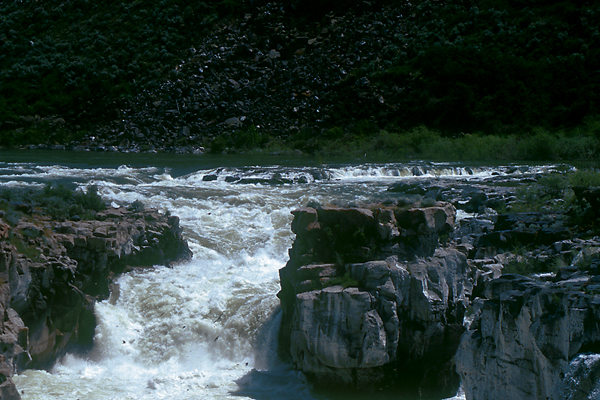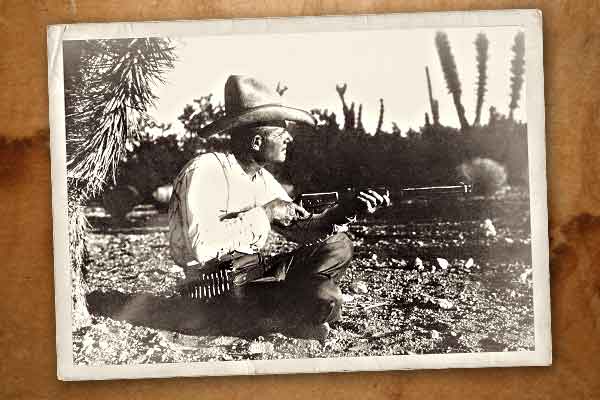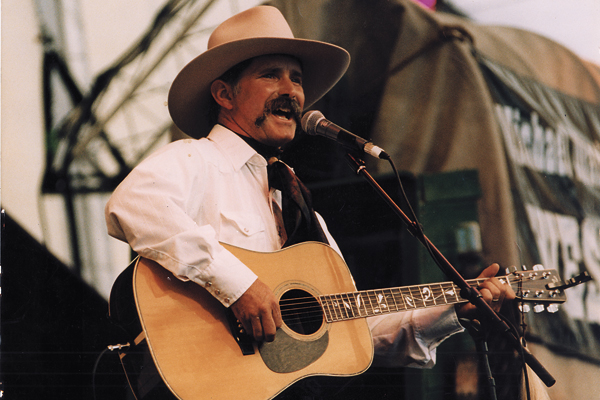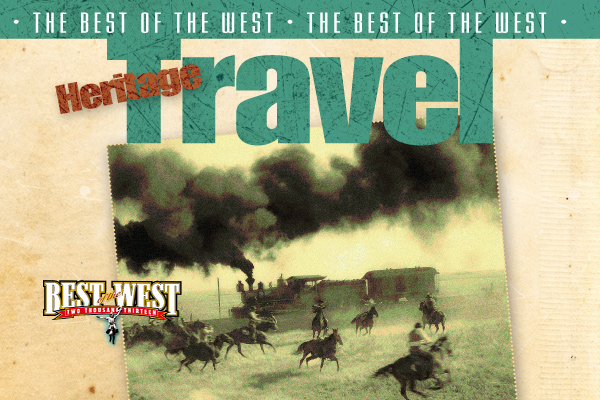 You’d think it would be easy to find the southernmost point on the Snake River. Just look at a map and … presto! You can put your finger on it.
You’d think it would be easy to find the southernmost point on the Snake River. Just look at a map and … presto! You can put your finger on it.
But try actually driving to it when your map doesn’t show the labyrinth of back roads that crisscross Southern Idaho’s Snake River Plain.
What’s so special about this point on the Snake River, you ask? Well, not only is it the Snake’s narrowest point—40 feet wide—but it’s also the place where in late 1811, Wilson Price Hunt and his party of overland Astorians abandoned their dugout canoes and opted to continue their journey to the Oregon Coast and Fort Astoria on foot.
A later group of Astorians named this point Caldron Linn, and Astorian Robert Stuart wrote that “Hecate’s caldron was never half so agitated when vomiting even the most diabolical spells, as is this Linn.” Now you can see why my interest was piqued. Lava cliffs had created this witch’s brew by pinching the mighty Snake River into a chasm of foaming rapids.
Following an unsuccessful road trip trying to locate the elusive Linn by using my large-scale topographical map, I bought an Idaho guidebook (which shall remain nameless) that gave me the directions I sought. After persuading my wife Karen that I really needed to visit Southern Idaho and Caldron Linn for my research on the fur trade, we headed 22 miles east of Twin Falls for the farming village of Murtaugh, where we stopped long enough to down a burger and brew at the Iron Rail Saloon.
Now fortified, we drove east on a gravel road paralleling the south side of the Snake—just like my guidebook stated. No luck. You couldn’t get anywhere near the river unless you four-wheeled across some farmer’s potato field. Turning back toward Murtaugh, I opted not to heed my wife’s suggestion that we ask a local for directions—I’m told it’s a male thing—and instead went north on the Murtaugh Road.
Just after crossing the Snake River, Karen spotted a small sign for “Caldron Linn,” directing us to go east on 1500S. After a mile, another sign had us turn south on 2000E—talk about unimaginative street names. A bit later, the road dove off the plateau we were on and down a dirt grade that I wouldn’t have descended had I not had four-wheel drive.
When the road leveled out, we parked and hiked along a trail toward the river and the loud sound of water cascading over a falls.
Caldron Linn does, indeed, live up to Stuart’s description. The Snake River Plain’s volcanic walls squeeze the river into a constricted flume that plunges into a basin of seething green boils. It’s no wonder the Astorians decided to walk. Had they continued in their dugouts, it would have been mass suicide.
Seeing Caldron Linn with my own eyes—rather than merely reading about it in a book—showed me firsthand the risks these early explorers and fur traders faced. They definitely were a breed apart.






